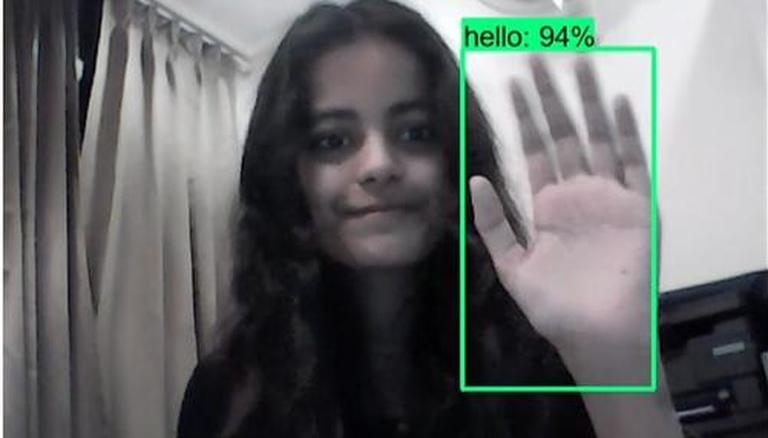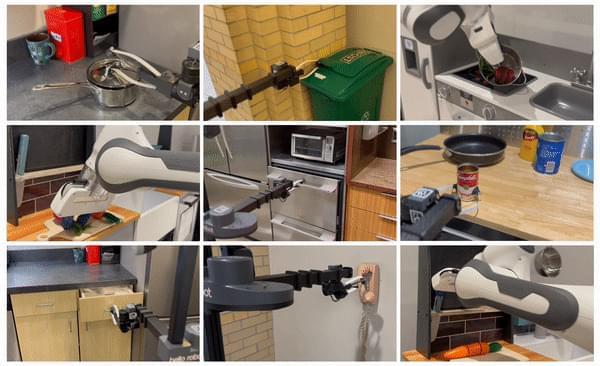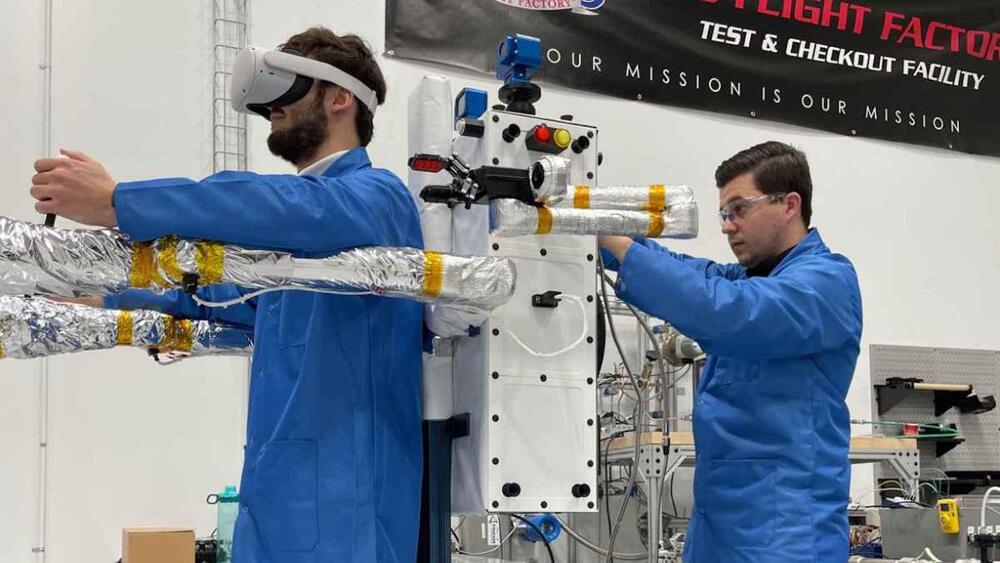Priyanjali Gupta, an engineering student from Tamil Nadu’s Vellore Institute of Technology (VIT), has created an AI model which can translate American sign language to English in real-time. A third-year computer science student, Priyanjali Gupta is specialising in Data Science and developed the new model using Tensorflow object detection API and it is able to translate the signs using transfer learning from a pre-trained model named ssd_mobilenet.
Gupta has shared her creation on LinkedIn wherein she demonstrated the capabilities of her AI model in a demo video. According to her Github post, “The dataset is made manually by running the Image Collection Python file that collects images from your webcam for or all the mentioned below signs in the American Sign Language: Hello, I Love You, Thank you, Please, Yes and No”, She also displayed the same in her demo clip.








